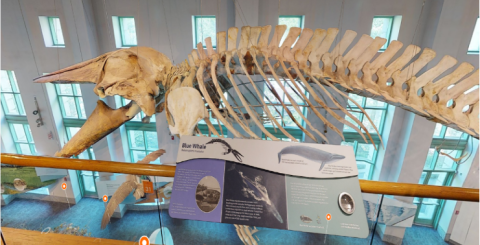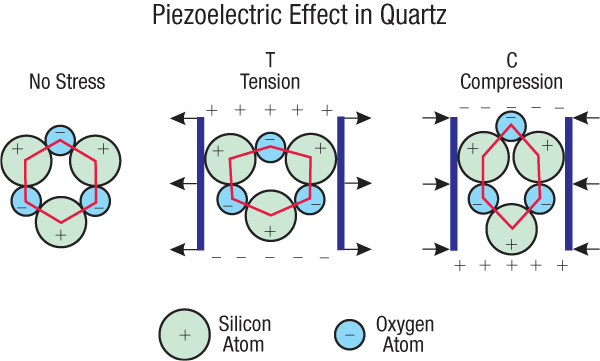Radiometric Dating
Creation Ministries International’s Recent Superconference at Myrtle Beach
I recently attended the Creation Ministries International (CMI) five-day Creation 2022 Superconference at Myrtle Beach, South Carolina. TASC board members Drs. Jeff Gift and David Greear were also in attendance. The conference was held from May 30 to June 3 at the beautiful Hilton Myrtle Beach Resort, located right on the ocean. There were 597 in attendance from all over the country, 22 lectures, 10 CMI presenters, a massive bookstore, a children’s program, optional opportunities to attend a guided tour through a nearby aquarium with marine biologist Dr. Robert Carter or to match wits with chess master Dr. Jonathan Sarfati, and free time to enjoy the beach.

Restoring the Truth About Origins: Book I—Introduction, Availability and Overview
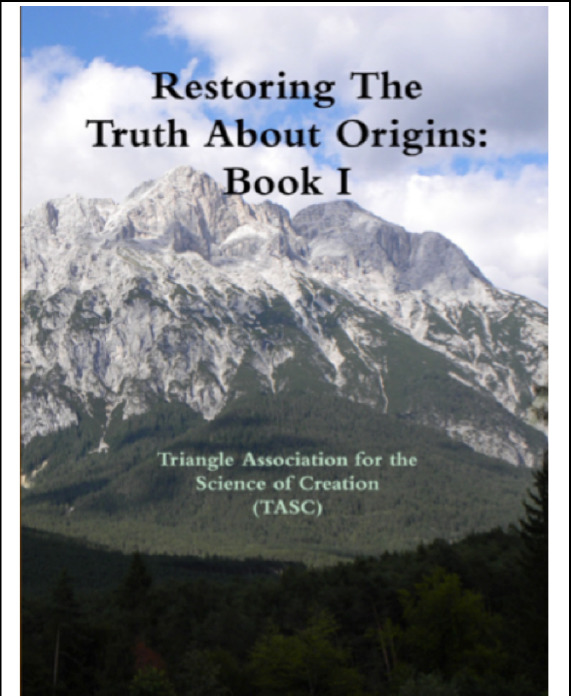
Figure 1 - Front cover of the book
We are excited to announce that TASC‘s Restoring the Truth About Origins: Book I is now available! We pray and hope you will purchase copies for yourself, family, and associates as gifts to enjoy and be even better edified on this important topic of origins. What we think about our origins has had a profound influence on the thinking and actions in our society in the past and will today and in the future. So we encourage you to get copies today (see ordering information under Availability and Purchasing heading below)!
Creation News
This month we will discuss several notable findings in the recent scientific literature that have relevance to the creation issue. The topics were selected by the author and are by no means exhaustive. Background reading for some of the topics is provided in the references.
Fossils

Chitin. Wikipedia https://en.wikipedia.org/wiki/Chitin Accessed 2018 Dec 10
Radiocarbon Dating of Dinosaur Fossils
Dinosaurs supposedly died out 65 million years ago.
What if they didn’t?
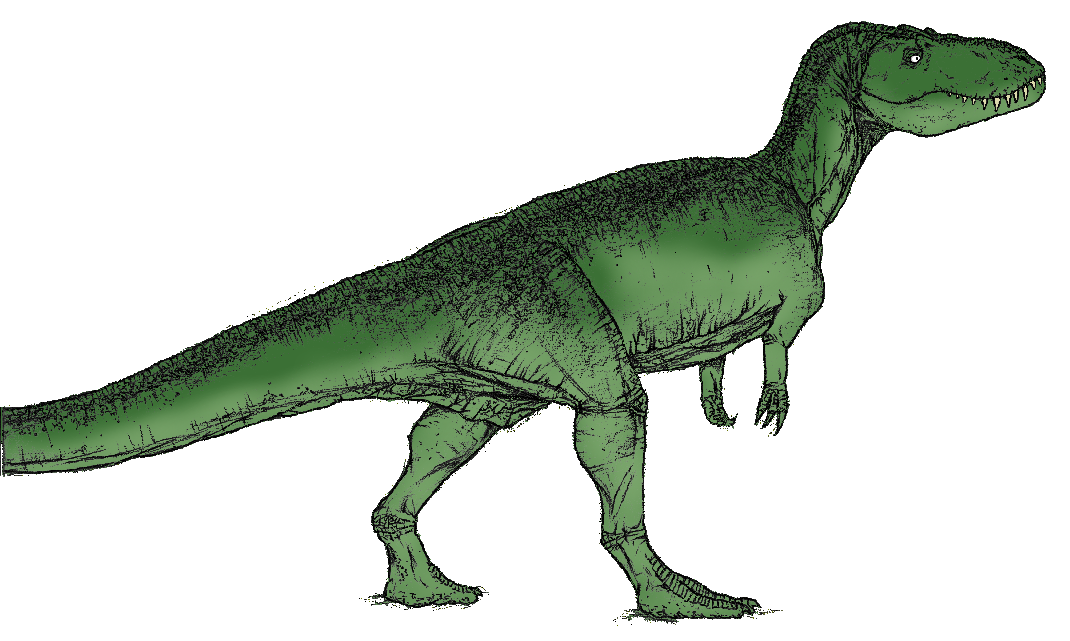
Creation: A Matter of Perspective
What perspective should we have when we investigate one of God's greatest miracles, the creation of all living things?
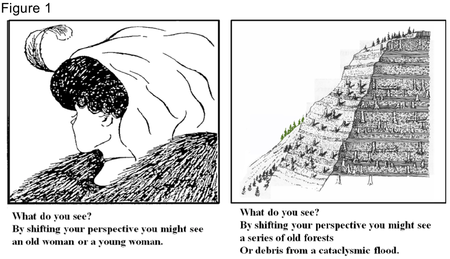
Figure 1
Radioactive Decay Rates May Change
In 1 Corinthians 13 the Bible says, “For we know in part, and we prophesy in part.” Our knowledge is imperfect in this life, and we are continually learning more. This is also true in the scientific realm, and theories that were once held often have to be given up. We may see scientific theories change again very soon due to new discoveries concerning rates of radioactive decay, the speed of light, and the degree of ape-human similarity. All of these areas are significant for theories of the origin of life on earth, so it is helpful to examine them in more detail. Here there is only space to examine the first of these areas, namely, the rate of radioactive decay.
Accurate Predictions Based on the Young Earth Creation Model
Good scientific theories are able to explain data and make testable predictions. For the Christian, a third element is required, that the theory be in harmony with the clear teachings of scripture. Some creation scientists even begin with scripture to formulate theories and hypotheses. In this essay, we will look at three predictions ultimately based on scripture, made by physicist Russell Humphreys of the Institute for Creation Research. The predictions deal with (1) the magnitude and dynamics of planetary magnetic fields, (2) the existence of a cosmic rotation axis, and (3) diffusion of helium through zircons. All of these predictions are in accord with a young earth interpretation of Genesis 1. As we will see, the data fit the predictions well.
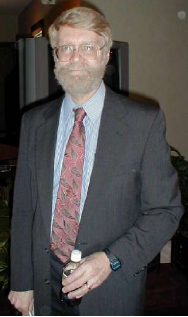
D. Russell Humphreys, Ph.D.
Evidences for a Recent Creation: Part 3
Parts I and II mentioned young carbon 14 dates as evidence that very old isotopic dates correspond to true ages in the thousands of years. Also, helium retention in zircons and the pattern of discordances in isotopic dates suggest an increase of decay rates in the past. There is also evidence that human mutation rates were faster in the past, which is consistent with a higher level of radiation. Furthermore, the genetic diversity of humans and other organisms suggests an origin a few thousand years ago. Several references by Anderson and Spangler suggest that decay rates can vary.
